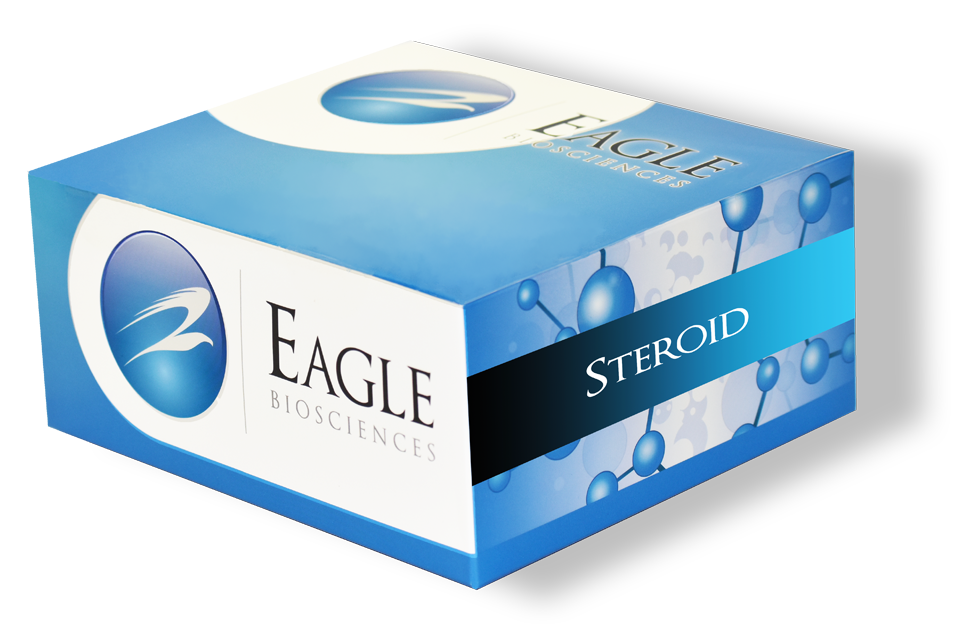Free testosterone is the fraction of testosterone in the bloodstream that is not bound to proteins such as sex hormone-binding globulin (SHBG) or albumin, making it the biologically active form of the hormone. While the majority of testosterone circulates in a bound, inactive state, free testosterone is able to enter cells and bind to androgen receptors, influencing a wide range of physiological processes including muscle growth, bone density, libido, mood regulation, and reproductive function. Because of its active role, free testosterone provides a more accurate reflection of androgen status than total testosterone alone, especially in situations where SHBG levels are abnormal.
In clinical and research settings, free testosterone is used as a biomarker to diagnose and monitor conditions related to androgen imbalance, such as hypogonadism, infertility, erectile dysfunction, and polycystic ovary syndrome (PCOS). It is particularly useful in cases where total testosterone levels are borderline or do not correlate with clinical symptoms. Measurement of free testosterone also plays a role in evaluating hormonal therapies, including testosterone replacement or anti-androgen treatments. In research, it is utilized to explore the impact of androgens on metabolism, aging, athletic performance, and gender-related conditions, offering insights into both normal physiology and disease mechanisms.
This product is manufactured in USA by Eagle Biosciences.


